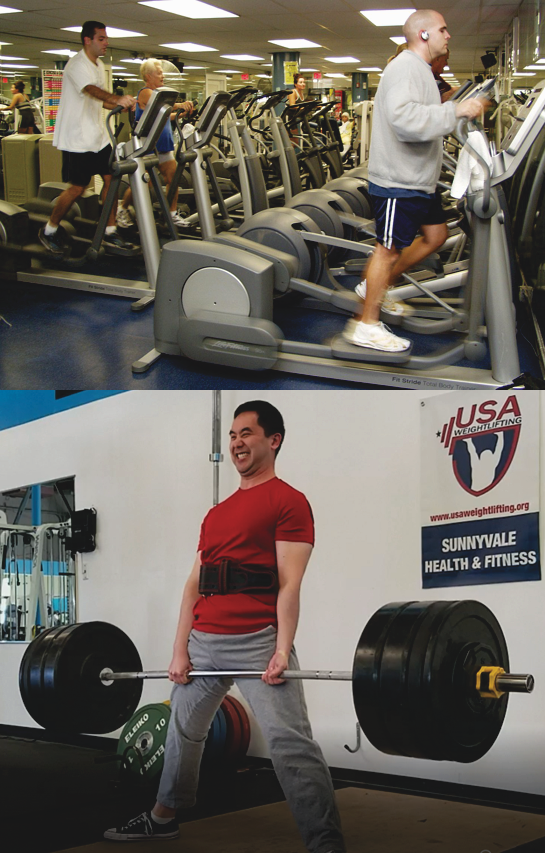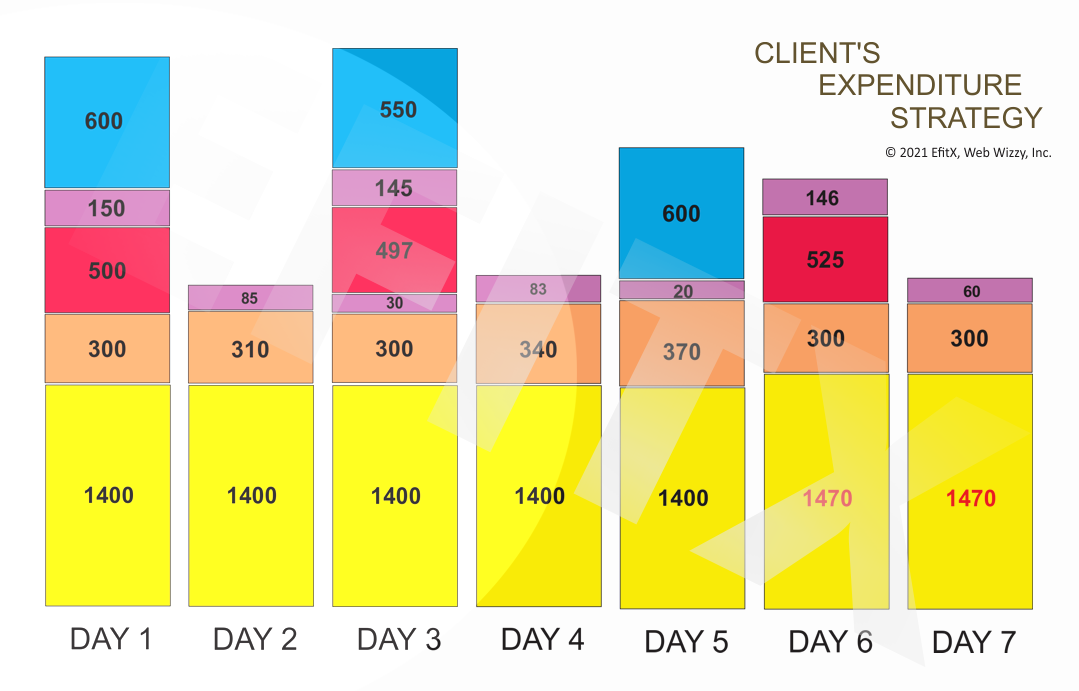CARDIAC OUTPUT – EXPLAINED FOR EXERCISE
Now that we know that oxygen intake and cardiac output is the main measurement for expending more calories, we can break it down on how to produce it. There are five different ways.
1. RMR-BMR – This is the amount of calories to survive and to live our regular lifestyle. RMR Resting Metabolic Rate is the measurement of calories for sedentary activity while BMR Basal Metabolic Rate is the amount when lifestyle activities are performed. On a daily basis, RMR is fairly constant and variable factors may exists due to physical factors such as genetics, body mass, and health conditions. RMR changes when body composition changes. This can be done by increasing or decreasing muscle mass. BMR is always a variable amount of expended calories and is determined based on your daily activity level.
2. MAL - This is an EfitX created term so you may not find any other definitions online. MAL stands for Metabolic Activity Level. Since BMR produces variable calorie expenditure regularly, it needs to be adjusted when activity levels are significantly more or significantly less. Also to adjust to a person's metabolic rate. Users of EfitX can find a slide control setting to adjust this amount. Our suggestion is to adjust the MAL amount weekly based on your activity variances throughout the week. Some examples are: maybe you had to run several errands this week or walked up 6 flights of stairs on which you normally don’t do. THIS DOES NOT INCLUDE YOUR VOLUNTARY EXERCISE ACTIVITY.
3. RESISTANCE - Resistance training workouts is the process to develop muscle tissue. This is better known as hypertrophy. When muscles are challenged in a set by set process for a duration of 30 to 120 minutes, heart rate usually fluctuates between 60% to 90% bpm. This is anaerobic training.
4. EPOC / RT AFTERBURN – Excess Post-exercise Oxygen Consumption (EPOC) is the measurement of increased cardiac output produced after you have exercised. EPOC is known to be present for long periods after exercising up to 96 hours. This is part of a recovery process to mainly replenish glucose, ATP and to repair cellular tissue. EPOC is significantly greater after challenging resistance workouts versus cardio aerobic exercise.
5. CARDIO / AEROBIC – Cardiovascular exercise is better defined as any escalated amount of resting heart rate during exercise. Aerobic exercise is movement which sustains heart rate within a targeted heart rate zone. This target is approximately between 65% to 85%. Unlike resistance training, performing aerobic activity regularly produces small amounts of EPOC. This is due to lighter loads and earlier muscle adaptation as rhythmic movements become efficient to perform.
RESISTANCE TRAINING VS CARDIO
Recently, more studies and fitness programs are emphasizing the benefits of resistance training. In my opinion, both are equally important but each are utilized for different purposes.

CARDIO EXERCISE
Benefits: Strengthens heart, improves blood flow through arteries, increases capacity of the lungs. Improves endurance performance. Expends calories mainly in real-time.
RESISTANCE TRAINING
Benefits: Strengthens or maintains strength in muscles and joints, increases metabolism by changing body composition. Improves mobility and physical strength performance. Expends calories in real-time and with the presence of EPOC for up to 96 hours.
TARGETING FAT CALORIES
Today there are many claims on specific methods to expend fat quicker. While performing cardio is still one of the quickest ways to lose weight, not only fat is coming off your body. Vigorous amounts of cardio exercise produce significant amounts of water excretion. There is also beliefs that most of the expenditure from cardio is fat. For short bouts this is not true. Any type of exercise whether it is resistance training or cardio the first resource of energy will come from abundant forms. So, if you have glucose readily prior to cardio exercise, you may spend several minutes expending that prior to hitting surplus fat or subcutaneous fat.
Cardio for long periods without proper nutrition may lead to detrimental effects such as a negative balance of nitrogen and muscle catabolism. This is one reason why I don't support the “Fasted Cardio” method because the procedure begins when the body is within a “hungry “state where nitrogen balance and glucose are low. A study by J Physiol Anthropol (J. Anthropol. 2014) shows nitrogen balance is more affected by subjects that exercise when the restoration attempt is delayed. Nitrogen supports the maintenance of muscle, so depriving your body from it may lead to muscle loss. While this delay can be replenished quicker by eating something, it may seem controversial on why fasted cardio was performed in the first place. Cardio is great but it needs to be performed properly to achieve weight loss results. At the end of the day, creating a caloric deficit will supersede any fancy technique.



